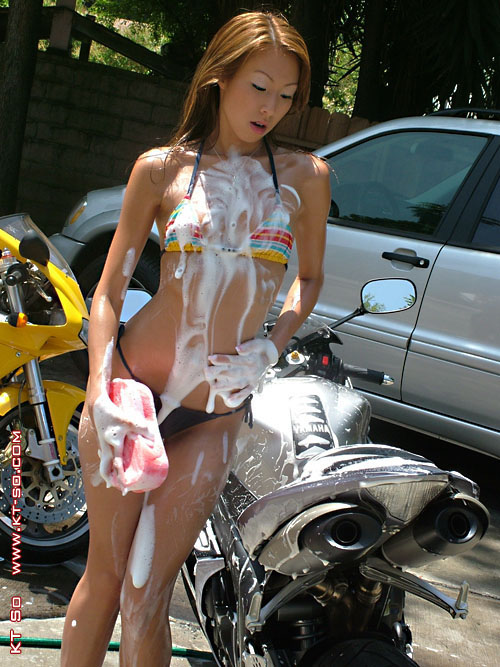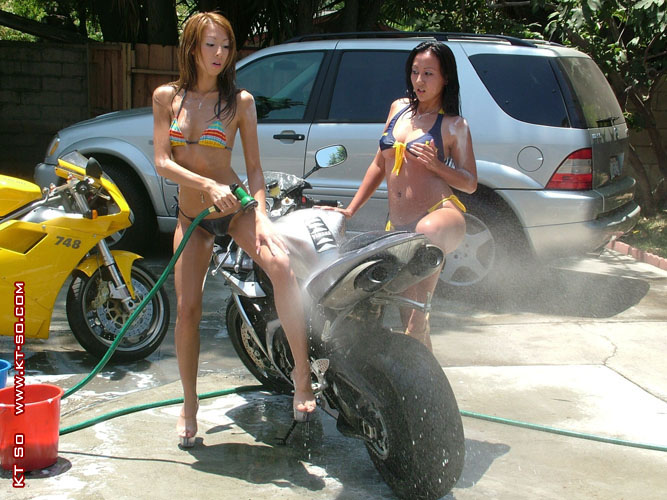by Eric Johnson

The original Super Bee was Dodge’s low-priced muscle car and little brother of the Plymouth Road Runner. The Muscle Car was priced $3,027. During the period, both divisions were competing to be the "Chrysler Performance Division". Various young and talented designers were dispatched to the project of creating a name and identity for the Dodge version. When all was said and done, the name Super Bee and a new logo were created around the Dodge "Scat Pack" Bee medallion.

Although the two cars are nearly identical external appearance - the Super Bee was slightly heavier (approx 65 lbs) and rode on a 117-inch (3,000 mm) wheelbase compared to the Road Runner's 116-inch (2,900 mm) wheelbase - the Super Bee sported actual diecast chrome plated "Bee" medallions. These three-dimensional medallions were prominently mounted in a raised position in the grille/hood area and the trunklid/taillight area of the car throughout the first three years of production and added a touch of class and panache. The interior of the Super Bee borrowed the race car–inspired and more sophisticated gauge and speedometer dash cluster from the Dodge Charger while the four-speed cars received an actual Hurst Competition-Plus shifter with Hurst linkage, compared to the budget-minded Road Runner's less expensive Inland shifter and linkage.

All these niceties did add to the higher purchase cost of the Super Bee compared to its Plymouth cousin and ultimately affected its sales numbers over the years it was produced. The 1968 model only came as a two-door coupe and two engine options, the base 335 hp (250 kW) 383 Magnum, and the 426 Hemi rated at 425 hp (317 kW). The Super Bee included a heavy-duty suspension, an optional Mopar A-833 four-speed manual transmission, and high-performance tires. Outside, a stripe (with the bee logo) was wrapped around the tail.
In1969 a new optional twin-scooped air induction hood was now available and became known as the "Ramcharger". The Super Bee's "Ramcharger" hood featured forward-facing scoops which were far more efficient than the Road Runner's "twin vents" which merely lay flat on the hood, not forcing air in to the carburetor(s) as the Super Bee's. The 1969 model year gave Chrysler customers several engines to choose from. The base 383 hp (high performance), 440 Six Pack, and the 426 Hemi.

Engines:
- 1968–1970: 383 in³ (6.3 L) Big-Block V8, 335 hp (250 kW)
- 1968–1970: 426 in³ (7.0 L) Hemi V8, 425 hp (317 kW)
- 1969–1970: 440 in³ (7.2 L) Big-Block V8, 390 hp (291 kW)
Production:
1968: 7,842–7,717 (383), 125 (426 Hemi)
1969: 27,800–25,727 (383), 1,907 (440 Six Pack), 166 (426 Hemi)
- 1968–1970: 383 in³ (6.3 L) Big-Block V8, 335 hp (250 kW)
- 1968–1970: 426 in³ (7.0 L) Hemi V8, 425 hp (317 kW)
- 1969–1970: 440 in³ (7.2 L) Big-Block V8, 390 hp (291 kW)
Production:
1968: 7,842–7,717 (383), 125 (426 Hemi)
1969: 27,800–25,727 (383), 1,907 (440 Six Pack), 166 (426 Hemi)
.












No comments:
Post a Comment